Paris remains a top venue for Asian Art; Latest sale at Sotheby's nudges $9.5 million
€517,500 / $712,044 for an important Qianlong period (1736-95) celadon and russet jade Boulder, lot 100, est. €100,000-150,000. Photo: Sotheby's.
PARIS.- Yesterday's Asian Sale total of nearly €7 million/ $9.5 million proves that, in an increasingly competitive market with quality objects becoming ever scarcer, it is still possible to make superb discoveries in Paris. Despite the inevitable return of Chinese works of art from Europe to their country of origin, France remains a niche venue where Asian buyers can still find market-fresh objects of peerless quality and with historic provenance.
As with Sotheby's Paris sale last June, jades again caught the eye and yielded the highest price of the sale: €517,500 / $712,044 for an important Qianlong period (1736-95) celadon and russet jade Boulder (lot 100, est. €100,000-150,000*).
Important rocher en jade céladon pâle et rouille, Dynastie Qing, Époque Qianlong (1736-1795). Photo Sotheby's
habilement sculpté des deux côtés en haut et moyen relief d'un immortel dans une grotte au centre d'une montagne plantée de pins et parcourue de plusieurs grottes où cheminent des personnages, l'un sur le dos d'un animal, un pavillon au sommet, le revers sculpté d'un couple de daims sous les arbres, une grue en vol dans le ciel, la pierre d'une belle couleur céladon pâle parcourue d'inclusions rouille, socle en bois sculpté ajouré; 29 cm, 11 3/8 in. Estimate 100,000 — 150,000 EUR. Lot sold 517,500 EUR
Provenance: Acquired in Hong Kong in 1956.
The present boulder is is notable for its large size and shape which the craftsman cleverly used to render a miniature idealised landscape incorporating into the design the natural features of the stone. The carving which is in varied and undercut relief is of such depth that it allows the stone to appear translucent in those areas where the carving is deepest. A technical challenge for the hardness of the material, the superb carving of this boulder underlines the technical accomplishments of the craftsmen.
The visual vocabulary on which these miniature landscapes were based incorporated many features of the natural world. Moreover, the many figures, creatures and plants depicted pertained to a system of design sustained by a complex concept of the universe and its auspicious phenomena, see Jessica Rawson, "The Auspicious Universe", in Jessica Rawson and Evelyn S. Rawski (eds.), China. The Three Emperors 1662 - 1795, London, 2005, pp. 358-361. It is quite likely that the Islands of the Immortals in the eastern sea inspired the representation of numerous carved jade mountains such as the present example.
After the pacification of Xinjiang in 1758, large resources of jade suddenly became available and the sourcing of jade in Hetian (Khotan) began on a large scale. It is during the reign of the Qianlong emperor that the carving of jade boulders into three-dimensional miniature landscapes first appeared as noted by Jessica Rawson, Jessica Rawson, ibid. p. 463. One of the finest of four very large carved jade boulders formerly in the Qing court collection was presented to the emperor in 1786 and inscribed the following year with a poem by the emporor praising the workmanship and quality of the stone, illustrated in Jessica Rawson and Evelyn S. Rawski (eds.), China. The Three Emperors 1662 - 1795, London, 2005, cat. no. 267.
Less typically, the sale's second-highest price went to an archaic bronze: a rare Shang dynasty food vessel (12th century B.C.) formerly in a German private collection, that sold to a Chinese collector for €397,500 / $546,932 (lot 205, est. €50,000-70,000).
Rare récipient tripode en bronze, ding, Dynastie Shang, XIIe siècle av. J.-C. Photo Sotheby's
la panse ronde peu profonde posée sur trois hauts pieds élancés en forme d'oiseaux stylisés, le pourtour extérieur moulé d'une bande à décor de trois masques de taotie, le bord agrémenté de deux anses en forme de U renversé, une inscription à un caractère à l'intérieur; 27,5 cm, 10 7/8 in. Estimate 50,000 — 70,000 EUR. Lot sold 397,500 EUR
Provenance: Acquired in China in the 1930s.
Thence in the family by descent.
Exhibited: On loan to the Museum of East Asian Art, Cologne, 1970-2013.
Bronze vessels in the form of a Ding supported on high blade-like feet are based on Neolithic pottery vessel forms unearthed in Henan province. The same form cast in bronze first appeard in the early Shang period, with a deep rounded body set on short flat feet, compare Zhongguo meishu fenlei quanji. Zhongguo qingtongqi quanji, vol. I: Xia, Shang, Beijing, 1996, pls. 38 and 39. By the late Shang period, vessels of this type were more commonly cast with a more shallow bowl resting on high blade-like in the form of stylised dragons or birds with eyes cast in relief as several examples excavated from sites in and around Anyang in Henan province illustrate, see Zhongguo meishu fenlei quanji. Zhongguo qingtongqi quanji, vol. II: Shang, Beijing, 1996, pls. 53-57. On the development of this archaic bronze vessel form, see Robert W. Bagley, Shang Ritual Bronzes in the Arthur M. Sackler Collections, Cambridge, Massachusetts, 1987, pp. 448-449.
Other archaic bronzes, boosted by venerable provenance, also obtained strong results. A Jue wine vessel fetched €59,100 / $81,317 (lot 202, est. €6,000-8,000) and a nao ritual bell accompanied by two miniature ling bells (late Shang/early Western Zhou Dynasties) obtained €18,750 / $25,799 (lot 203, est. €10,000-15,000). Both lots hailed from the Collection of Willem van Heusden (1913-2009). Other items to be keenly contested included two vases that had been in the same Austrian collection for over thirty years: a 14th century Ming Yuhuchunping underglaze-red decorated vase, painted with the flowers of the four seasons, that sold to a leading Asian collector of Ming porcelain for €301,500 / 414,843 (lot 182, est. €80,000-120,000); and a rare 18th century Qing Meiping blue, white and copper-red porcelain vase, magnificently decorated with interlocking dragons, that sold to the Asian trade for €157,500 / $216,709 (lot 183, est. €120,000-150,000).
Verseuse en bronze, jue, Fin de la dynastie Shang-début de la dynastie Des zhou Occidentaux. Photo Sotheby's
le corps cylindrique reposant sur trois pieds en forme de lames, la panse moulée d'un décor en intaglio de deux masques taotie sur fond de leiwen, et rehaussée de trois bandes verticales en relief, le bec verseur encadré par deux appendices, la bordure opposée se terminant en pointe; 18,3 cm, 7 1/8 in. Estimate 6,000 — 8,000 EUR. Lot sold 59,100 EUR
Provenance: Acquired in China in the late 1940s.
Thence in the family by descent.
Literature: Willem van Heusden, Ancient Chinese Bronzes of the Shang and Chou Dynasties. An illustrated Catalogue of the Van Heusden Collection with a historical Introduction by Willem van Heusden, Tokyo, 1952, pl. VIII.
Works from the Buddhist world were again in high demand. A 15th century gilt-bronze figure of the Buddha Shakyamuni flew to €127,500/$175,431 (lot 234, est. €25,000-35,000), while a gilt-bronze figure of Hevajra, bearing the Yongle mark (1402-24), soared to €373,500 / $513,910 (lot 220, est. €15,000-25,000).
Statue en bronze doré du Bouddha Shakyamuni, Tibet, XVe siècle. Photo Sotheby's
finement moulé, assis en vajrasana sur une double base lotiforme dont la partie inférieure est incisée d'une bande de lotus, la main droite en bhumisparsa mudra et la main gauche en dhyana mudra, vêtu d'un sanghati plissé à la bordure incisée d'un décor floral, les cheveux bouclés retenus en un haut chignon autour de l'ushnisha, le visage serein flanqué de longues oreilles percées ; scellé; 27,5 cm, 10 7/8 in. Estimate 25,000 — 35,000 EUR. Lot sold 127,500 EUR
Provenance: Purchased in Shanghai in the 1920s by the family of George McBain, merchant and oil tycoon based in the city from the late 19th century up to 1937.
The Buddha is modelled in the mature central Tibetan style, in which Indian, Nepalese and Chinese artistic traditions are fully assimilated in the fifteenth century. The incised pattern around the lower edge of the pedestal is an innovation commonly seen in this period, notably on a fifteenth century gilt copper Hevajra in the Sakya monastery, Li Jicheng, The Realm of Tibetan Buddhism, Hong Kong and Beijing, 1984, p. 63, pl. 29, and on two fifteenth century gilt bronzes, a seated Maitreya and a Vajradhara, both in the Jokhang, Lhasa, with engraved floral designs on the lower edge of similarly shaped lotus petal bases, von Schroeder, Buddhist Bronzes in Tibet, Hong Kong, 2001, Vol. II, p. 1065, pls. 272E, F.
The Buddha’s earth-touching gesture recalls an episode from his spiritual biography in which he triumphs over Mara (maravijaya) just prior to his enlightenment. Having vowed to remain in meditation until he penetrated the mysteries of existence, Shakyamuni was visited by Mara, a demon associated with the veils and distractions of mundane existence. The Buddha remained unmoved by all the pleasant and unpleasant distractions with which Mara sought to deflect him from his goal. According to some traditional accounts, Mara’s final assault consisted of an attempt to undermine the bodhisattva’s sense of worthiness by questioning Shakyamuni’s entitlement to seek the lofty goal of spiritual enlightenment and freedom from rebirth. Aided by spirits who reminded him of the countless compassionate efforts he had made on behalf of sentient beings throughout his many animal and human incarnations, Shakyamuni recognised that it was his destiny to be poised on the threshold of enlightenment. In response to Mara’s query, Shakyamuni moved his right hand from his lap to the ground before him, stating, ‘the earth is my witness’. This act of unwavering resolve caused Mara and his army of demons and temptresses to disperse, leaving Shakyamuni to experience his great enlightenment. The episode embodied in this gilt bronze took place upon the adamantine site (vajrasana) at Bodh Gaya, which by tradition was especially empowered to expedite his enlightenment.
Statuette de Hevajra en bronze doré Marque et Époque Yongle (1402-1424). Photo Sotheby's
debout enlacant Nairatmya sur une base lotiforme, les deux jambes avant en alidhasana écrasant des petitsmara, celles de sa parèdre en ardhaparyankasana, ses seize bras rayonnant autour de lui tenant chacun unkapala contenant un animal ou une divinité, marque à six caractères Da Ming Yongle nianshi gravée sur la base (effacée); 19,6 cm, 7 3/4 in. Estimate 15,000 — 25,000 EUR. Lot sold 373,500 EUR
A rare 15th/early 16th century Ming Dynasty thangka in the Yongle style prompted a lengthy bidding war between the room and telephone buyers before selling to an American private collector for €289,500 / $398,332 (lot 235, est. €60,000-80,000).
Tangka de l'arhat Cudapanthaka, détrempe sur tissu, Dynastie Ming, XVe-début du XVIe siècle. Photo Sotheby's
détrempe sur tissu; assis en vajraparyankasana sur un rocher, ses mains endyana mudra, portant une chemise blanche et verte sous une ample robe monastique attachée par un anneau et un ruban (gouniu), ses chaussures en soie bleue posées sur un rocher devant lui, entouré d'un fabuleux paysage montagneux bleu et vert planté de pins et d'arbres fruitiers, une cascade au loin, un vase fleuri bleu translucide avec un brûle-parfum et une boîte posés sur un promontoire rocheux à ses côtés, son visage à l'expression compatissante auréolé d'or, un lion bouddhiste bleu montrant les dents à un étranger barbu tenant son petit dans ses bras, la scène surmontée d'une image de Bouddha Ratnasambhava assis sur un lotus entouré d'un halo bleu; 59,5 x 103 cm, 40 1/2 x 31 1/2 in. Estimate 60,000 — 80,000 EUR. Lot sold 289,500 EUR
Depictions of arhats, the enlightened Indian disciples of Shakyamuni Buddha regarded as Elders of the Buddhist faith, have been a popular theme in Chinese painting and sculpture since the ninth or tenth century. While the elegant composition of this painting interprets classical themes of landscape, mythical animals and attendant figures, it is Yongle period (1403-1424) works that establish the direct stylistic source of the portrait, such as an imperial commission depicting the same arhatCudapanthaka, now in a private collection, see Marsha Weidner, Ed, Latter Days of the Law: Images of Chinese Buddhism, 850-1850, Lawrence and Honolulu, 1994, p. 271, cat. no. 21, pl. 10. The composition of the Yongle model remains virtually unchanged in this portrait, with the arhat seated on a rocky outcrop facing out to the left of the painting with scholar’s objects placed at his side. The playful scene with the foreign attendant holding the cub away from its parent lion, contrasting with the reserve and stillness of the meditating arhat, is similarly rendered in the Yongle work. Overhanging branches of gnarled trees form a bower for the arhat in each painting. Two elements that are not found in the Yongle Cudapanthaka are the waterfall in the background and the Buddha figure above the arhat. The addition of the Buddha probably indicates a post Yongle period date, perhaps later in the fifteenth or early in the sixteenth century: Dr Pal dates a very similar painting of Cudapanthaka in the Zimmermann Collection to the sixteenth century, that includes the Buddha Ratnasambhava above the arhat, P. Pal, Art of the Himalayas, New York, 1991, p. 167, pl. 98, while a Tibetan interpretation of the Yongle painting style, now in the Rubin Museum of Art, depicting an arhat with the long-life deity Amitayus seated in the upper right quadrant has been ascribed to the mid- to late fifteenth century, see James C. Y. Watt and Denise Patry Leidy, Defining Yongle: Imperial Art in Early Fifteenth-Century China, Metropolitan Museum of Art, New York, 2005, p. 97, pl. 40. A sixteenth or early seventeenth portrait of the arhat Bhadra, also painted in the Yongle style, was sold in these rooms, Sotheby’s Paris, 9 June 2011, lot 238A.
Objects consigned from French private collections included a superb cloisonné enamel incense-burner, kept in the same family since being acquired in China in the late 19th century, that claimed €115,500 / $158,920 against a come-hither estimate of €8,000-12,000 (lot 3); and a pair of Huanghuali armchairs bought in Paris in the 1960s, sold for €87,900 / $120,944 (lot 84, est. €20,000-30,000).
Brûle-parfum en bronze doré et émaux cloisonnés, Dynastie Qing, Époque Qianlong (1736-1795). Photo Sotheby's
reposant sur trois pieds dorés en têtes d'éléphants, le corps cylindrique décoré de deux registres de motifs archaïsants sur fond turquoise, deux anses en formes de U renversés de part et d'autre du couvercle orné de lotus et rinceaux et à décor ajouré de quatre chauves-souris parmi les nuages entourant la prise en forme de dragon enroulé (2);32,5 cm, 12 3/4 in. Estimate 8,000 — 12,000 EUR. Lot sold 115,500 EUR
Provenance: Acquired in China in the late 19th century.
Thence in the family by descent.
le dossier et les accotoirs aux bords intérieurs chantournés sculptés de légers petits enroulements, les ceintures de l'assise à décor géométrique et le piètement postérieur (2); 87,5 x 60 x 47 cm; 35 1/2 x 23 5/8 x 18 1/2 in. Estimate 20,000 — 30,000 EUR. Lot sold 87,900 EUR
Finally, the recent enthusiasm for 20th century Chinese ink paintings, evident in Hong Kong this October, was confirmed in Paris as works from the Collection of Julius Eberhardt (1936-2012) brought a total €189,650 / $260,945. Of the collection's five paintings by Lu Shoukun (Lui Shuo Kwan), Lotus I – Peinture Zen (1970) proved the most popular at €59,100 / $81,317 (lot 126, est. €30,000-50,000).
Lu Shoukun (Lui Shuo Kwan) (1919-1975), Lotus I – Peinture Zen (1970). Photo Sotheby's
encre et pigments sur papier, monté en rouleau, signé LÜ SHOUKUN, daté 1970, avec trois cachets de l'artiste; 151,5 x 83 cm, 59 5/8 x 32 5/8 in. Estimate 30,000 — 50,000 EUR. Lot sold 59,100 EUR
Provenance: Acquired in Hong Kong in 1997.

/https%3A%2F%2Fprofilepics.canalblog.com%2Fprofilepics%2F1%2F0%2F100183.jpg)
/https%3A%2F%2Fstorage.canalblog.com%2F03%2F02%2F119589%2F96711876_o.jpg)
/https%3A%2F%2Fstorage.canalblog.com%2F11%2F31%2F119589%2F94773502_o.jpg)
/https%3A%2F%2Fstorage.canalblog.com%2F20%2F83%2F119589%2F94772815_o.jpg)
/https%3A%2F%2Fstorage.canalblog.com%2F26%2F72%2F119589%2F75604929_o.jpg)
/https%3A%2F%2Fstorage.canalblog.com%2F59%2F60%2F119589%2F26458628_o.jpg)

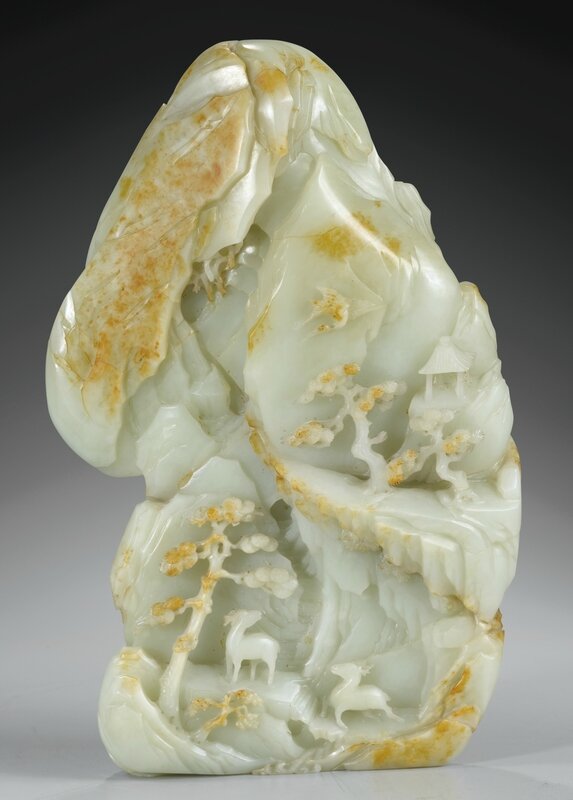


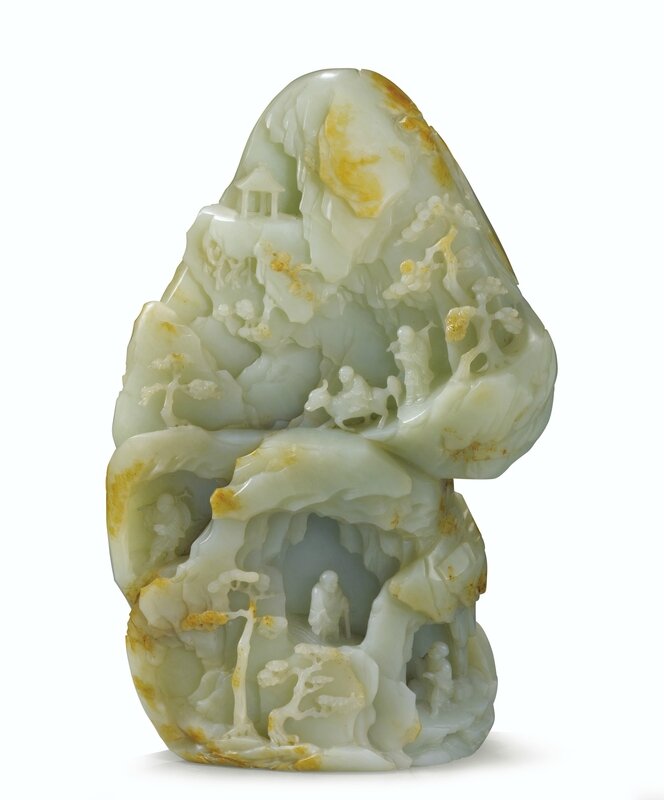

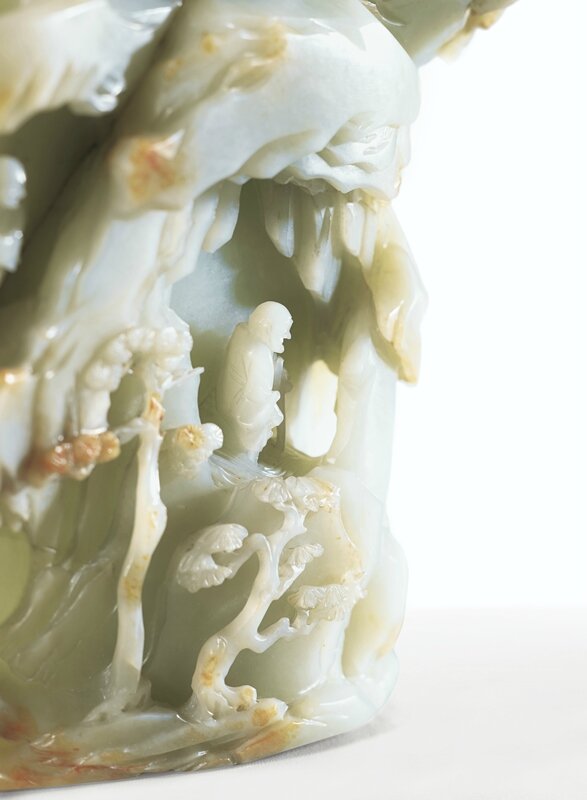



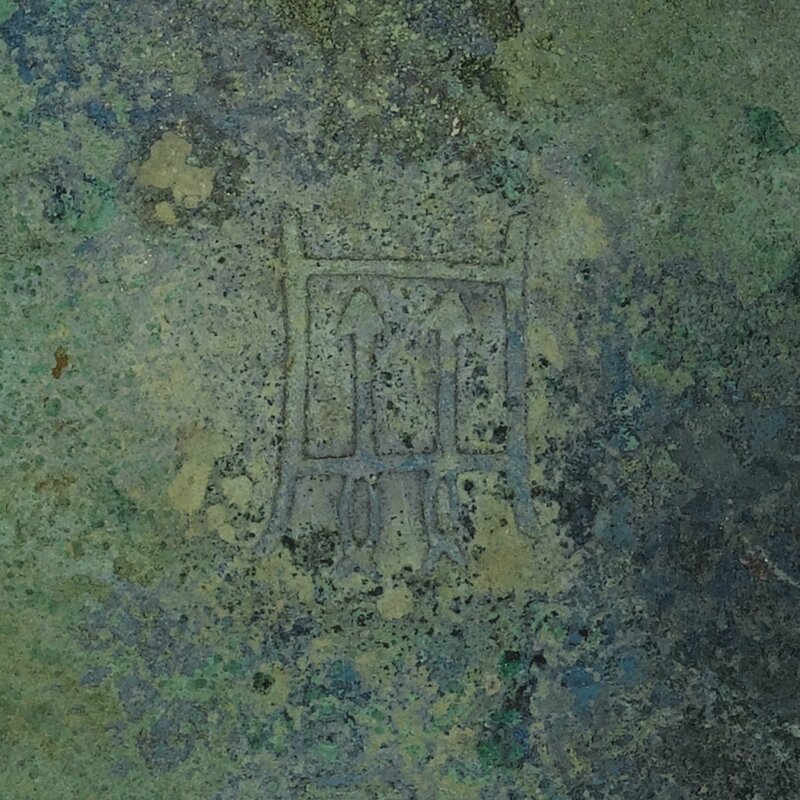





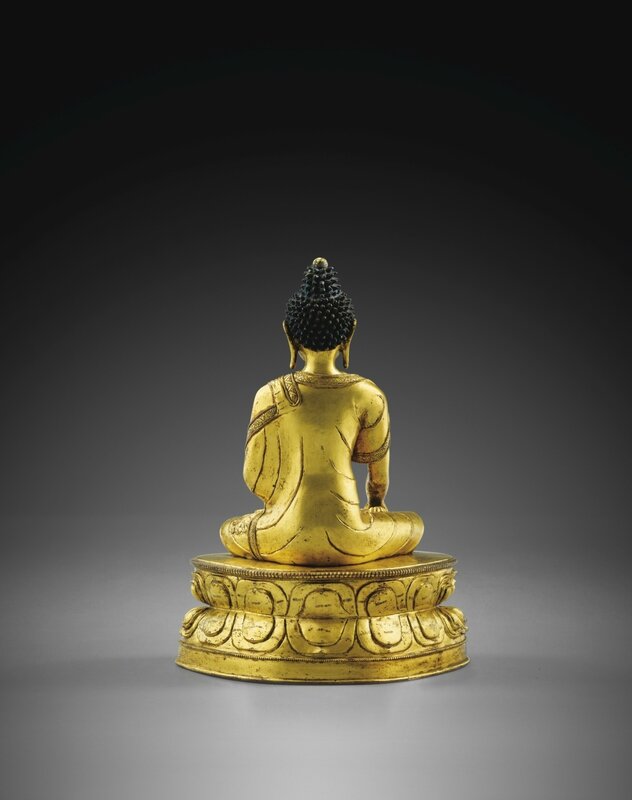


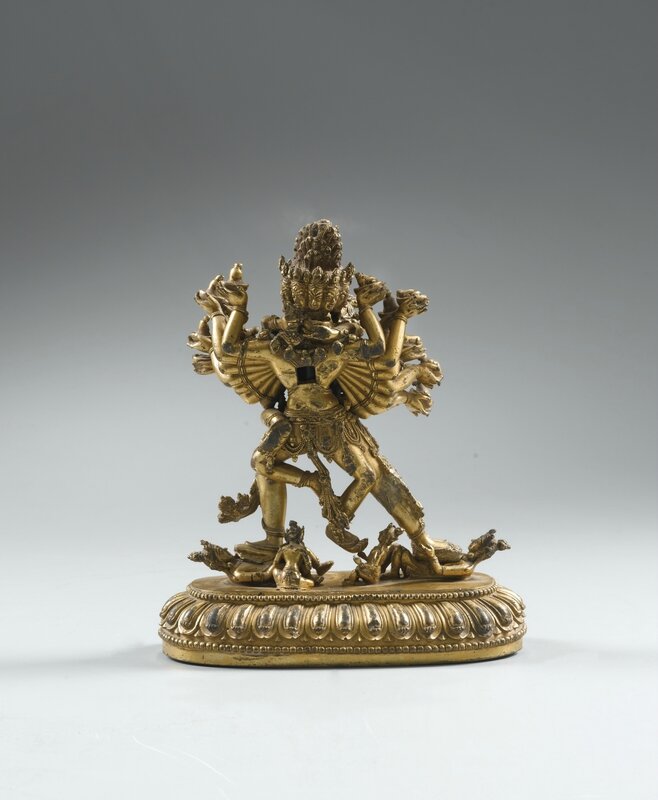

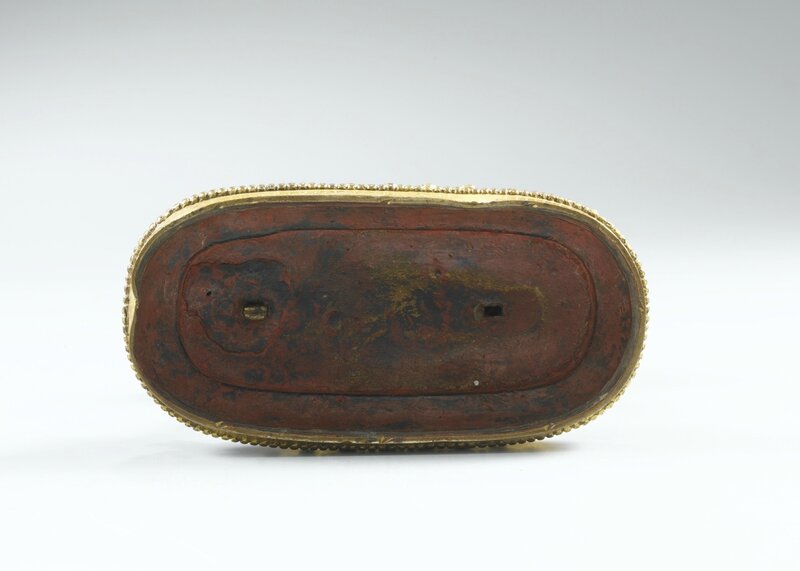


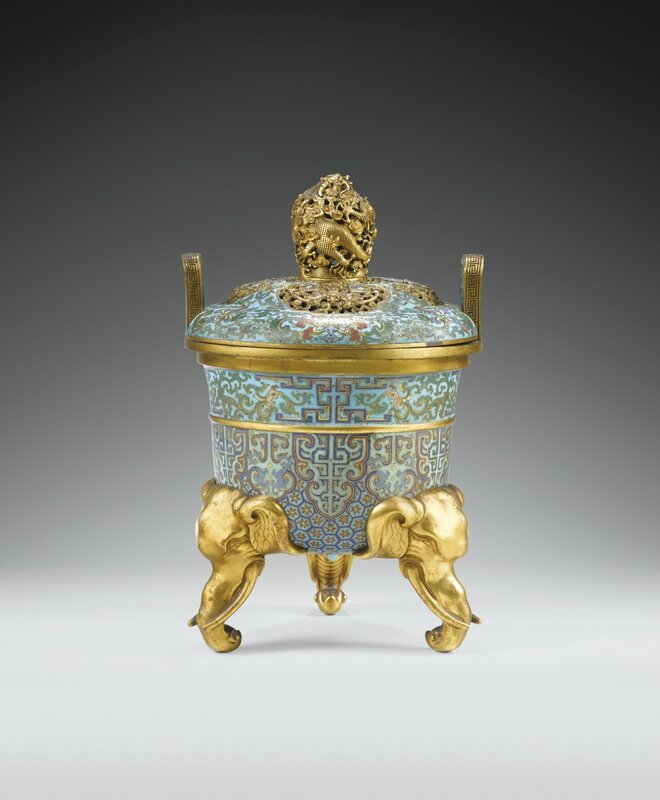


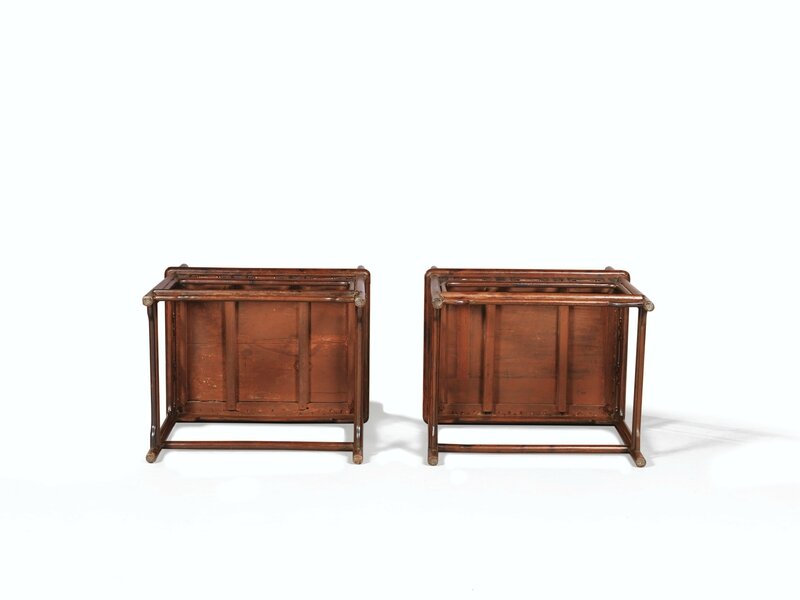






/image%2F1371349%2F20240411%2Fob_4a5248_2024-nyr-22642-0913-000-a-longquan-cel.jpg)
/image%2F1371349%2F20240410%2Fob_b0ef72_2024-nyr-22642-0908-000-a-carved-ding.jpg)
/http%3A%2F%2Fstorage.canalblog.com%2F29%2F47%2F119589%2F129819867_o.jpg)
/http%3A%2F%2Fstorage.canalblog.com%2F93%2F57%2F119589%2F129818552_o.jpg)